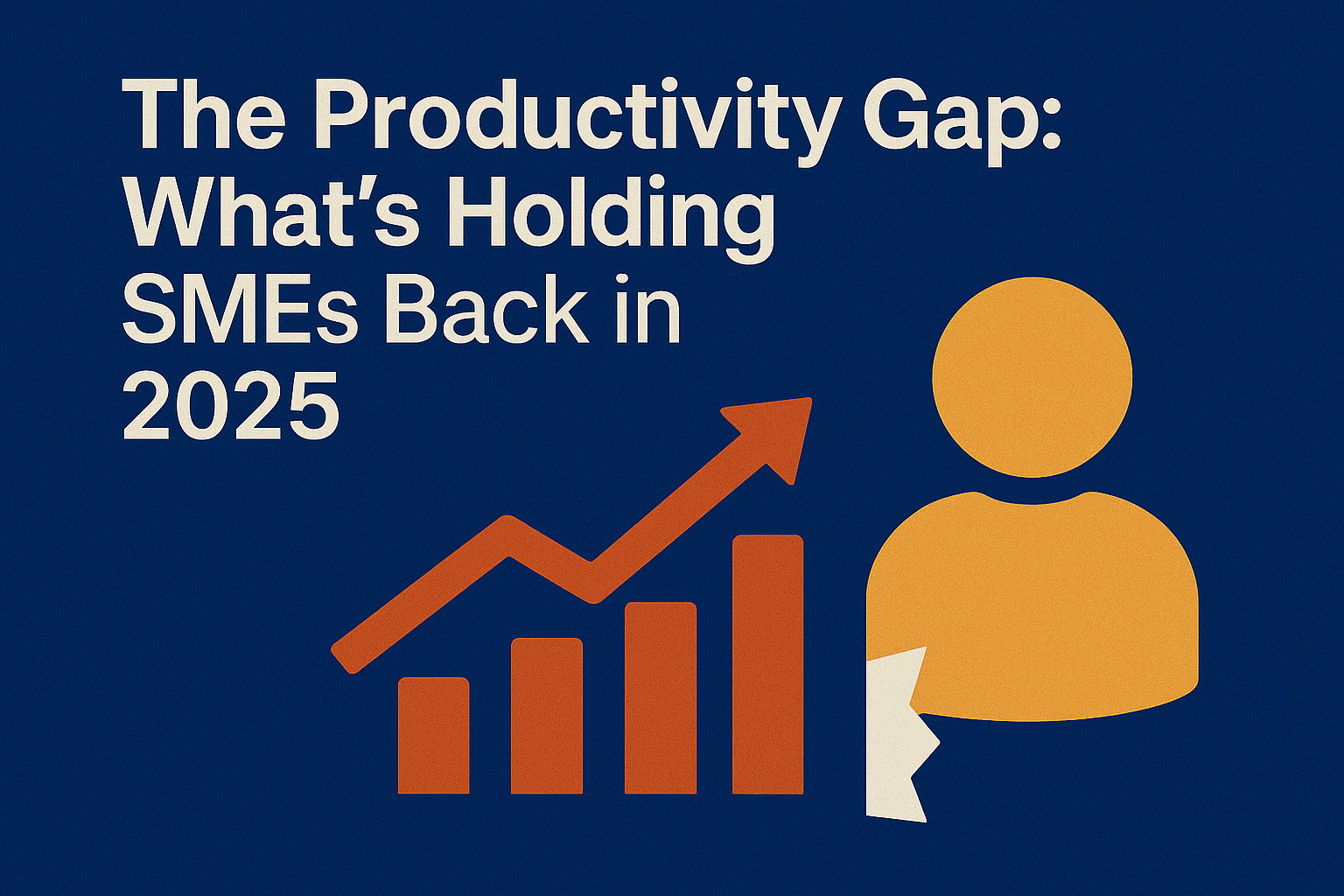
Every SME leader wants to do more with less — less time, less manpower, less cost.
But as 2025 unfolds, many businesses across Singapore and Southeast Asia are realizing the same hard truth: despite better tools, productivity growth has stalled.
The problem isn’t ambition. It’s inefficiency — and it’s hidden in plain sight.
SMEs today have access to more software than ever before: cloud storage, CRM systems, project trackers, chat platforms, and financial apps.
Yet somehow, work feels slower.
That’s because most businesses are drowning in disconnected systems.
Invoices sit in email threads, approvals live in WhatsApp chats, and data gets retyped into three different spreadsheets.
Instead of saving time, teams spend it managing tools.
The productivity gap in 2025 isn’t about effort — it’s about fragmentation.
According to global studies, employees lose nearly 20% of their time switching between platforms. For small teams, that’s equivalent to losing one full workday every week.
Each extra manual step — whether it’s chasing receipts, reconciling transactions, or forwarding reports — compounds into real financial cost.
That’s where automation becomes the productivity reset button.
Smart SMEs are no longer trying to work harder. They’re learning to work cleaner — through automation.
Platforms like ccMonet help close the productivity gap by connecting every part of the financial workflow:
No more data entry, no more waiting for month-end numbers.
What used to take hours now takes minutes — giving teams back the most valuable resource of all: time.
Automation isn’t just about replacing manual work — it’s about restoring focus.
When repetitive tasks disappear, teams get to spend more time on creative problem-solving, customer care, and strategy.
Finance teams shift from “data chasers” to “data interpreters.”
Managers stop firefighting and start forecasting.
This shift doesn’t just raise output — it raises morale.
The productivity leaders of 2025 will be those who understand that efficiency is a strategy, not an accident.
They’re integrating their systems, simplifying workflows, and using AI to surface insights that once took days to find.
By rethinking how work gets done, SMEs can finally close the gap between effort and impact.
The productivity challenge facing SMEs in 2025 isn’t about people — it’s about processes.
And the solution starts with integration, automation, and clarity.
ccMonet helps modern SMEs turn complex finance workflows into seamless, AI-powered systems — so teams spend less time managing data, and more time driving growth.